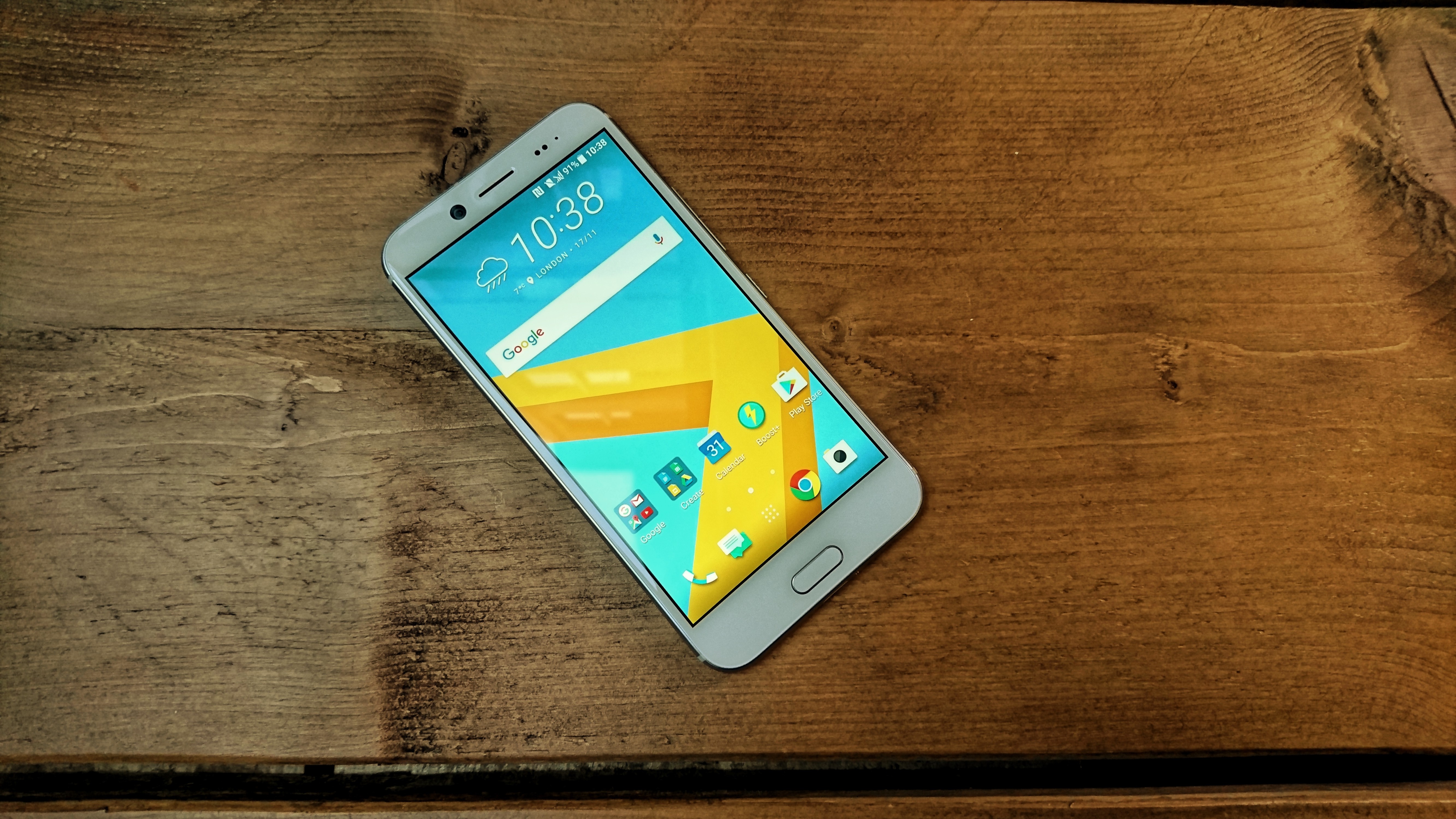Early Verdict
HTC knows how to make good phones, and the 10 Evo is no exception. However, the odd price point, lower specs and lack of headphone jack might make this a tough sell.
Pros
- +
Strong audio performance
- +
Great design
Cons
- -
Lower spec chipset
- -
Screen less impressive than the 10
Why you can trust TechRadar
This is the HTC 10 Evo – it’s the HTC 10 from earlier this year but with a slightly larger screen, while keeping a lot of the same features (and, don't forget, this phone has emerged as the HTC Bolt in the US).
It’s also the third phone from a big manufacturer to lose the headphone jack; but the difference here is that HTC isn't including an adaptor in the box to let you use your own 3.5mm cans or buds, so you’ll need to pay a little bit extra to buy a USB-C-to-3.5mm adaptor from HTC itself.

Given there are so many similarities between the 10 Evo and the ‘standard’ 10, it’s a little hard to see why HTC has done this.
The brand told us that it saw a gap in the market for a phone with some flagship features but at a lower cost – this is a phone that’s 10-15% cheaper, but with a lower-spec chipset and less RAM than HTC's main flagship device.
However, the 10 Evo does pack a lot of the same, hugely impressive, features as the HTC 10; and with a larger screen, Android Nougat and waterproofing on board it does at least offer something a little different.
HTC 10 Evo price and release date
The cost of the new HTC 10 Evo is set at around £450-£490 in the UK (with the equivalent Bolt costing $600 in the US), with pricing for other markets yet to be announced.
We’re still waiting on a definitive release date for the 10 Evo, but the Bolt will likely be arriving first.
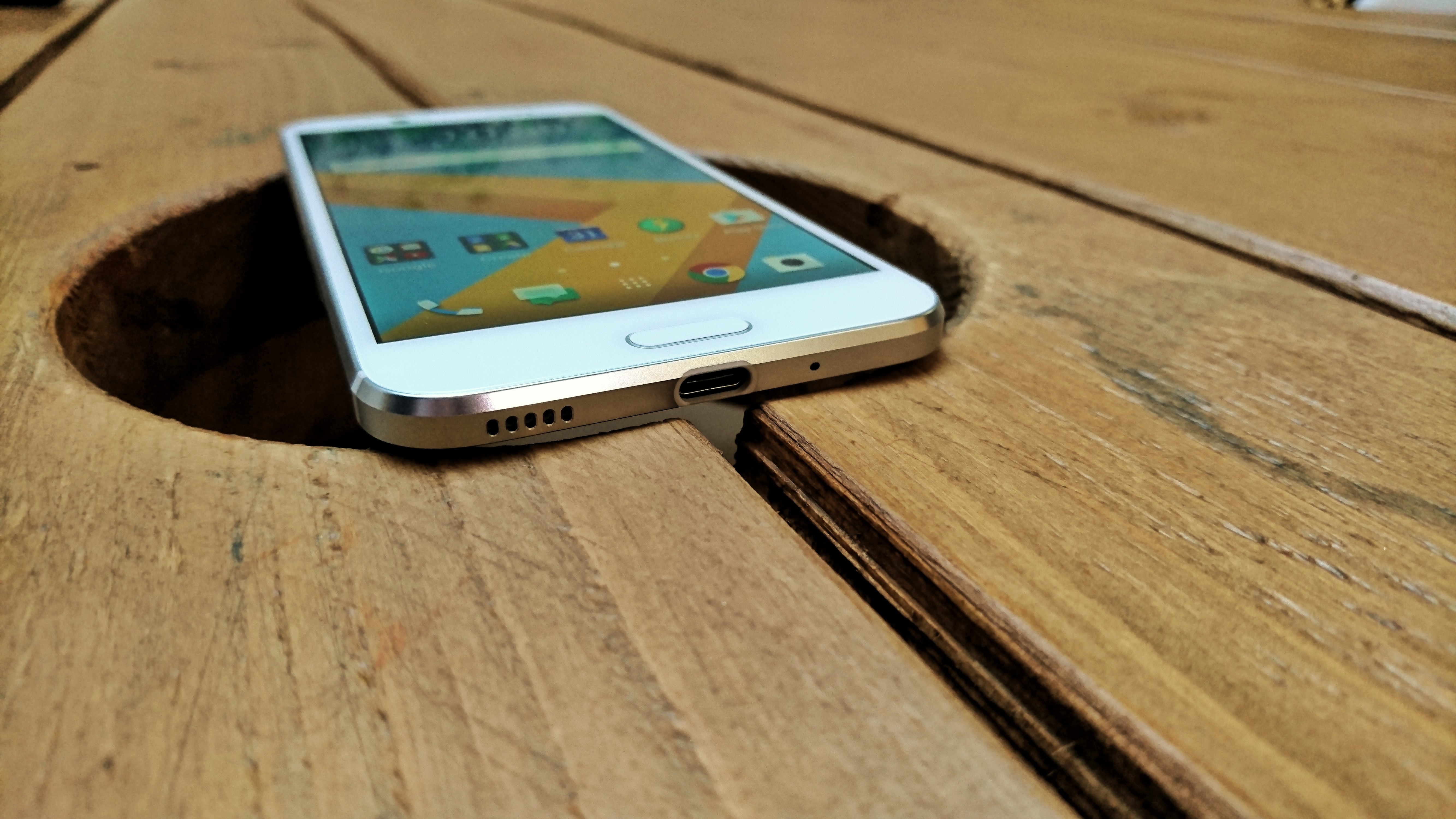
Weight: 174g
Dimensions: 153.59 x 77.3 x 8.09mm
OS: Android 7 Nougat
Screen size: 5.5-inch
Resolution: 1440x2560
CPU: Snapdragon 810
RAM: 3GB
Storage: 32GB (with microSD up to 2TB)
Battery: 3200mAh
Rear camera: 16MP
Front camera: 8MP
Design and performance
The design of the HTC 10 Evo is impressive for a number of reasons. Firstly, HTC has kept the metal unibody design of the 10, but flattened the back of the phone, rather than having the palm-friendly rounding of the original.
This is so the phone doesn’t feel as cumbersome in the hand, given that you’re stretching the palm further to accommodate the larger screen size, but in truth it actually looks nicer, making the chamfered edges (‘sculpted by light’, if you’re into HTC’s marketing doublespeak) shine that little bit more.
It’s good to see waterproofing on offer here, with the phone IP57 resistant. That’s pretty minimal compared to the Galaxy S7, for instance, but is more than life-proof in most situations (basically, not enough dust can get in to mess things up, and you can dunk it up to a meter. It’s hard to see how most people would struggle with those parameters).
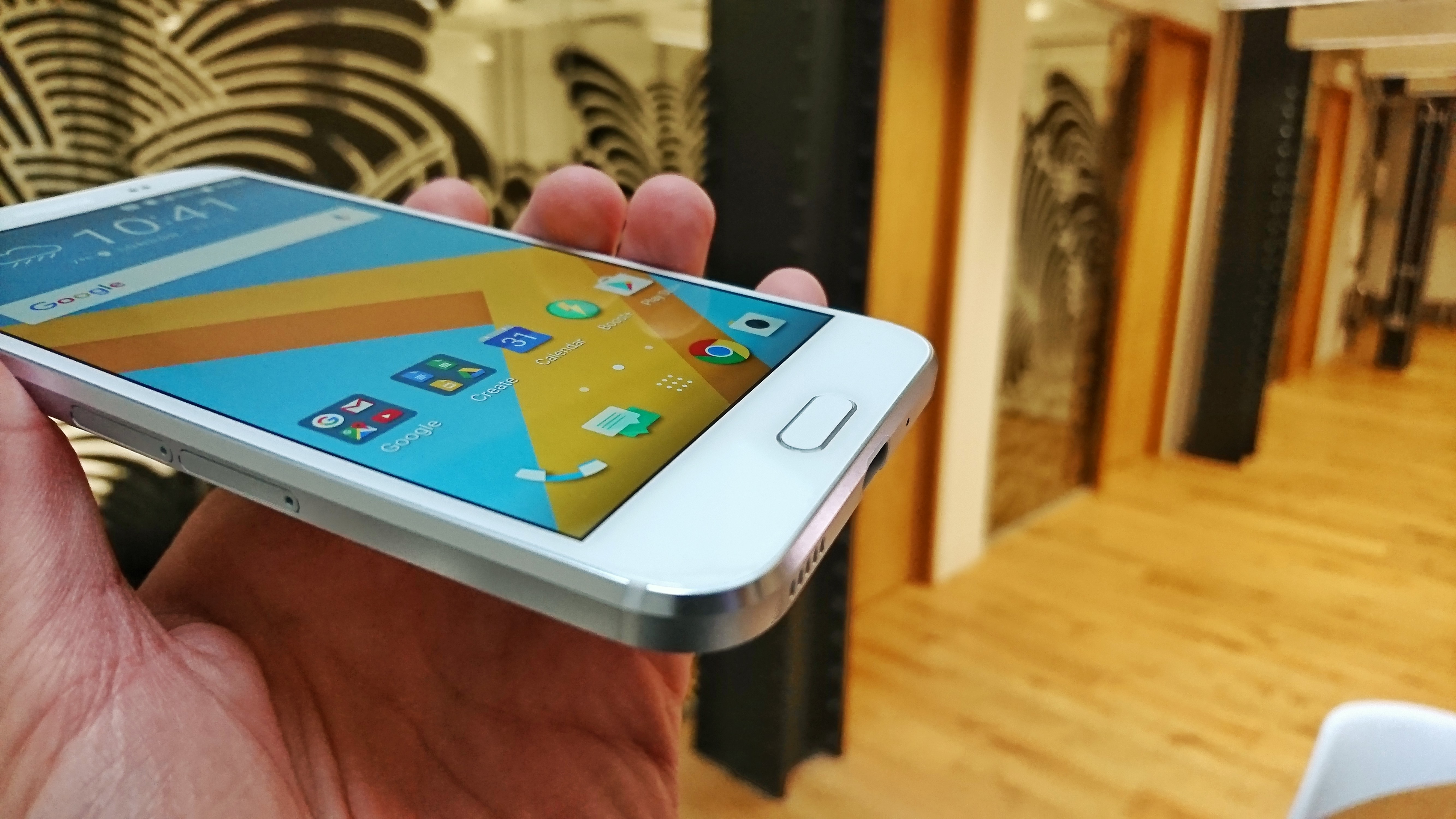
There’s still the same Boomsound speakers above and below the screen for split audio performance (one for bass notes, the other for treble) but like the HTC 10 the performance feels lacking compared to other phones on the market.
Actually, it’s the Boomsound performance of the HTC One M8 that we miss so much – that was some truly powerful audio coming out of a phone.
The screen is still a Super LCD3 affair, at QHD resolution, and while it shouldn’t be much different to that on the HTC 10, other than a jump in size from the 10's 5.2 inches to 5.5-inch, it feels like there’s something lacking in the color reproduction and contrast that doesn’t feel quite right.
Perhaps HTC hasn’t tuned this screen to the levels of its flagship in a bid to save money, but it doesn’t feel anywhere near as vibrant.
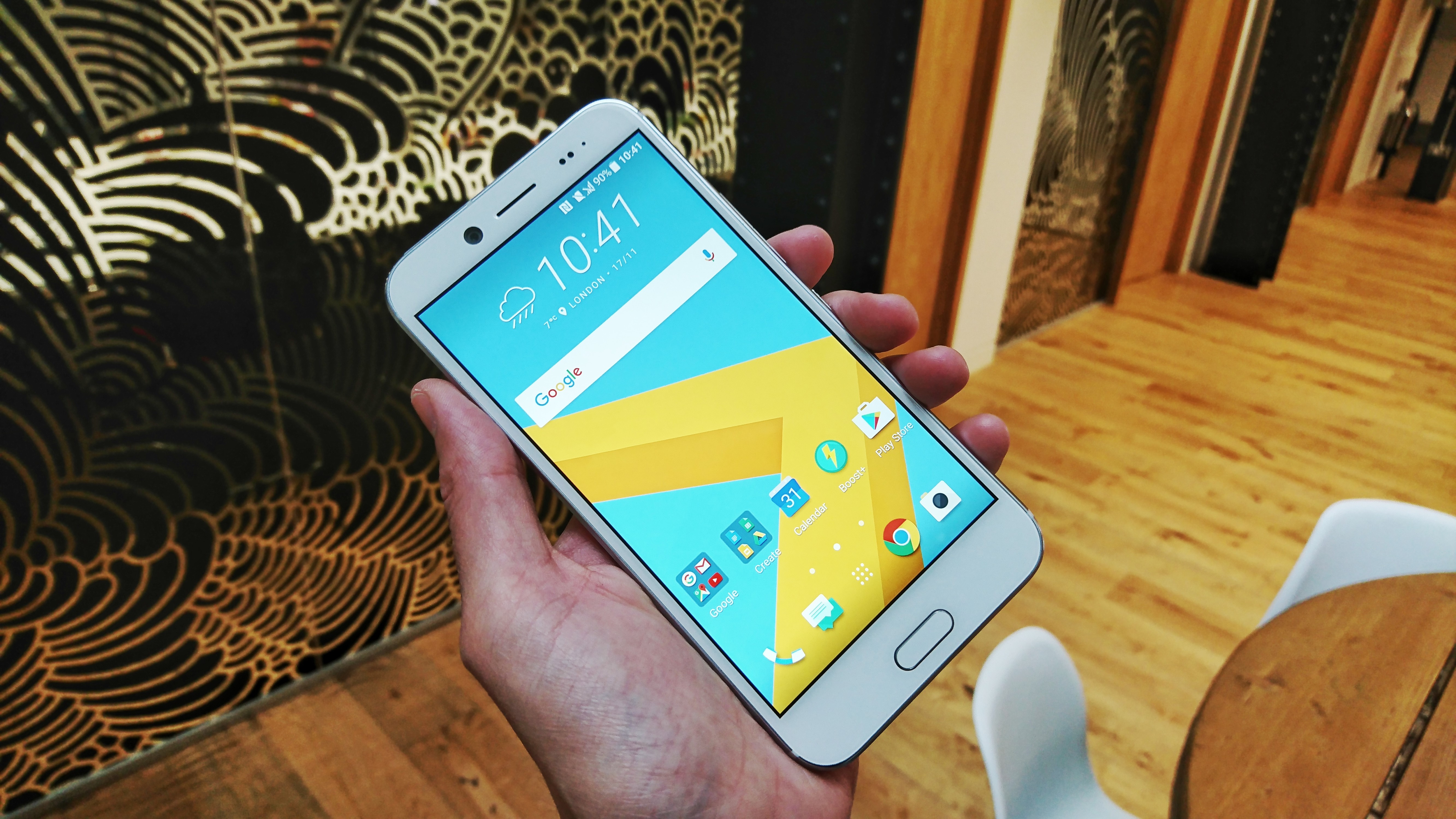
The most confusing / price-reducing thing HTC has done here is use a Qualcomm Snapdragon 810 chipset in the phone, along with 3GB of RAM.
That’s a big drop in performance from the Snapdragon 820/4GB of RAM pairing in the HTC 10, and doubly confusing given that the Snapdragon 810 was plagued with overheating issues, which meant speeds were throttled.
Perhaps HTC got these chips more cheaply as a result, but the brand is also claiming it's worked hard on the cooling to make this older chipset work well.
In fairness, the initial speed of the HTC 10 Evo isn’t diminished as a result, but it’s in long-term use (and battery performance) that this will show up.
Audio smarts
The audio performance of the HTC 10 was one of the winning qualities of the phone, with 24-bit audio processing throughout and extra amplifiers for both the speakers and the headphone jack.
It’s going to aggravate a lot of people that the headphone jack is lost with no adaptor in the box (the iPhone 7 and Moto Z both offered such a tool as part of the price) but there is one saving grace: the excellent earbuds HTC puts in the box instead.
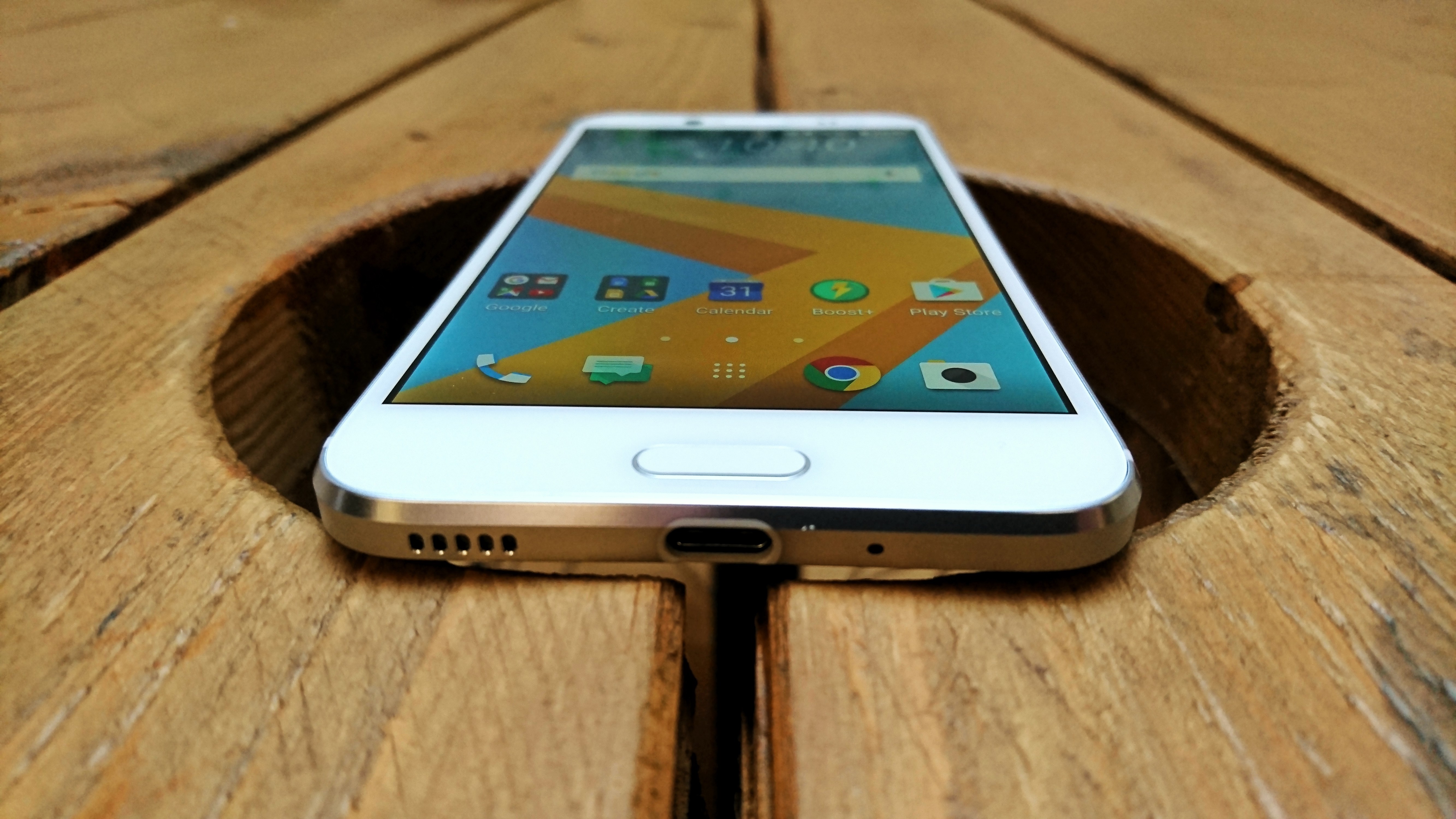
These were great on the HTC 10, and now they’re converted to USB-C they still sound as impressive, but with a new trick: being able to scan their environment.
When plugged in, you’ll be asked to conduct a very quick test, where a sound is bounced into your ears and a ‘model’ of your ear canal is apparently built, which creates your personalized audio settings.
The test is speedy and results in markedly better audio – but can such a test really be that accurate? Surely the other tests that HTC and its rivals offer, where you’re asked to confirm whether you can hear sounds at different frequencies, are better?
Maybe they are, but this method is quick and improves performance. You can even re-do it when in different situations (be it bad weather or on a train) to keep it optimized.
So while missing out on the headphone jack is going to irk many, at least HTC is offering a decent alternative in the 10 Evo.
Battery and camera
The HTC 10 Evo battery life should, if all works out, be pretty good. It’s got a 3200mAh battery, with a slightly lower-power chipset to run than the HTC 10, which means more efficiency as a result, according to HTC.
That larger power pack (up from 3000mAh in the 10) is welcome, but it remains to be seen whether HTC has managed to work out its battery gremlins.
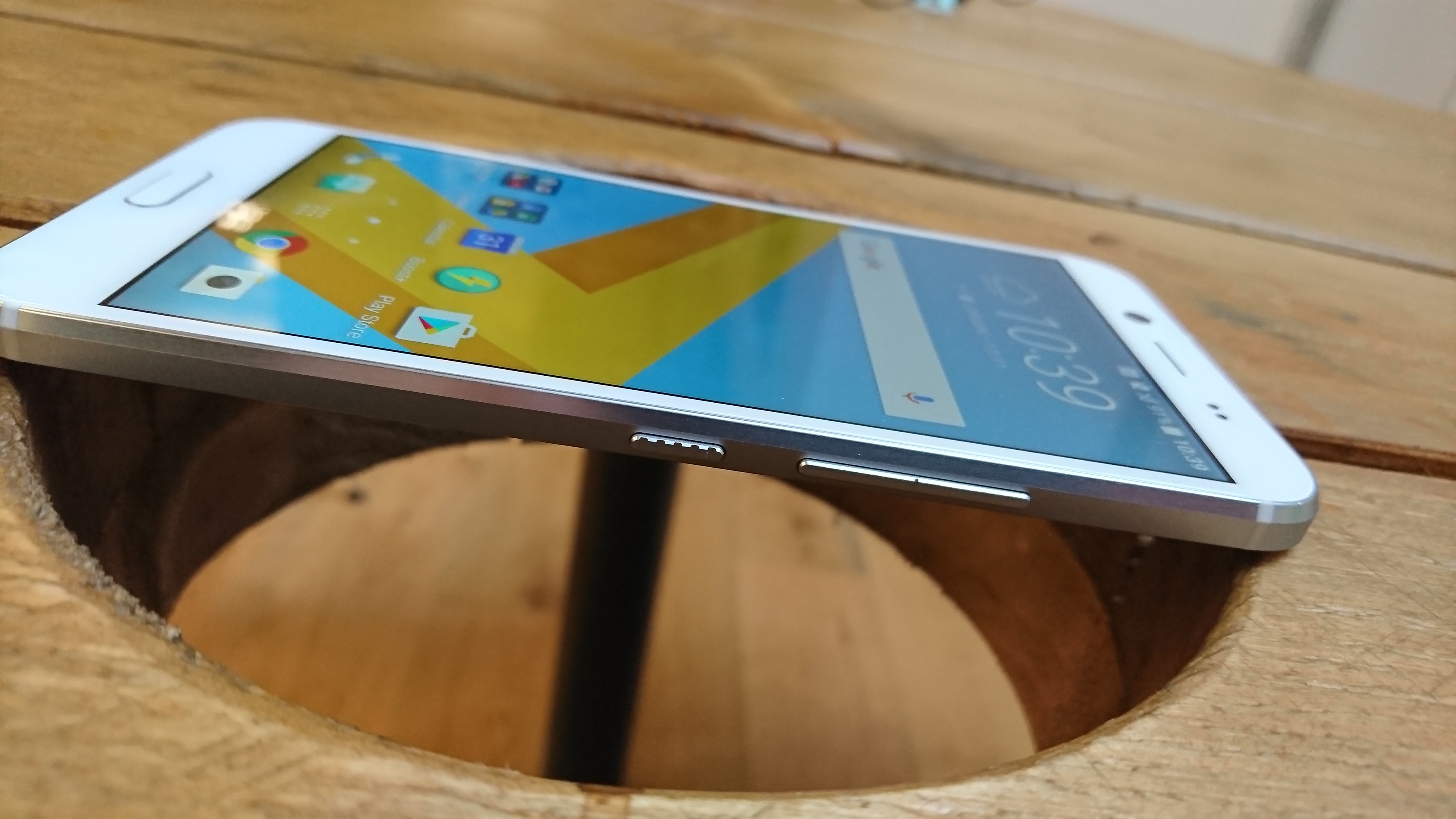
Packing Android 7 Nougat on board will surely help too, and in theory this phone could outperform the HTC 10 in terms of longevity… although it’s equally possible that battery tuning has also been minimized to save costs.
The HTC 10 Evo cameras are interesting in a couple of ways, one being the jump in pixel count on the rear. The 16MP sensor sounds like it should be sharper than the HTC 10's 12MP one (well, it is) but it doesn’t quite have the impressive low-light capabilities of the older phone, as the pixels themselves are smaller.
The same power is on show though, in terms of being able to shoot in raw mode and take full control of your snaps, and the range of manual controls still impresses.

There’s a suspicion here, again, that HTC has taken a more ‘off the shelf’ approach to its sensor, but it’s clear that some decent work has gone into making it a decent snapper, with strong picture performance in our early tests, and optical image stabilization and phase detection autofocus (less movement in the snaps and fast focusing meaning sharper images) offering good results.
The 8MP front-facing camera is another interesting move, with panorama selfie mode enabling you to take a picture of yourself, then tilt the phone left and right to get more people into the frame.
Check out our hands-on video above to see just how well that worked.
Early verdict
The best way to describe the HTC 10 Evo is… interesting. It’s better in many ways than the original 10, with waterproofing, simpler audio enhancement and a larger screen all being things we like to see.
But the older chipset and seeming lack of tuning throughout this phone suggest something a little underwhelming compared to the underrated powerhouse that is the HTC 10.
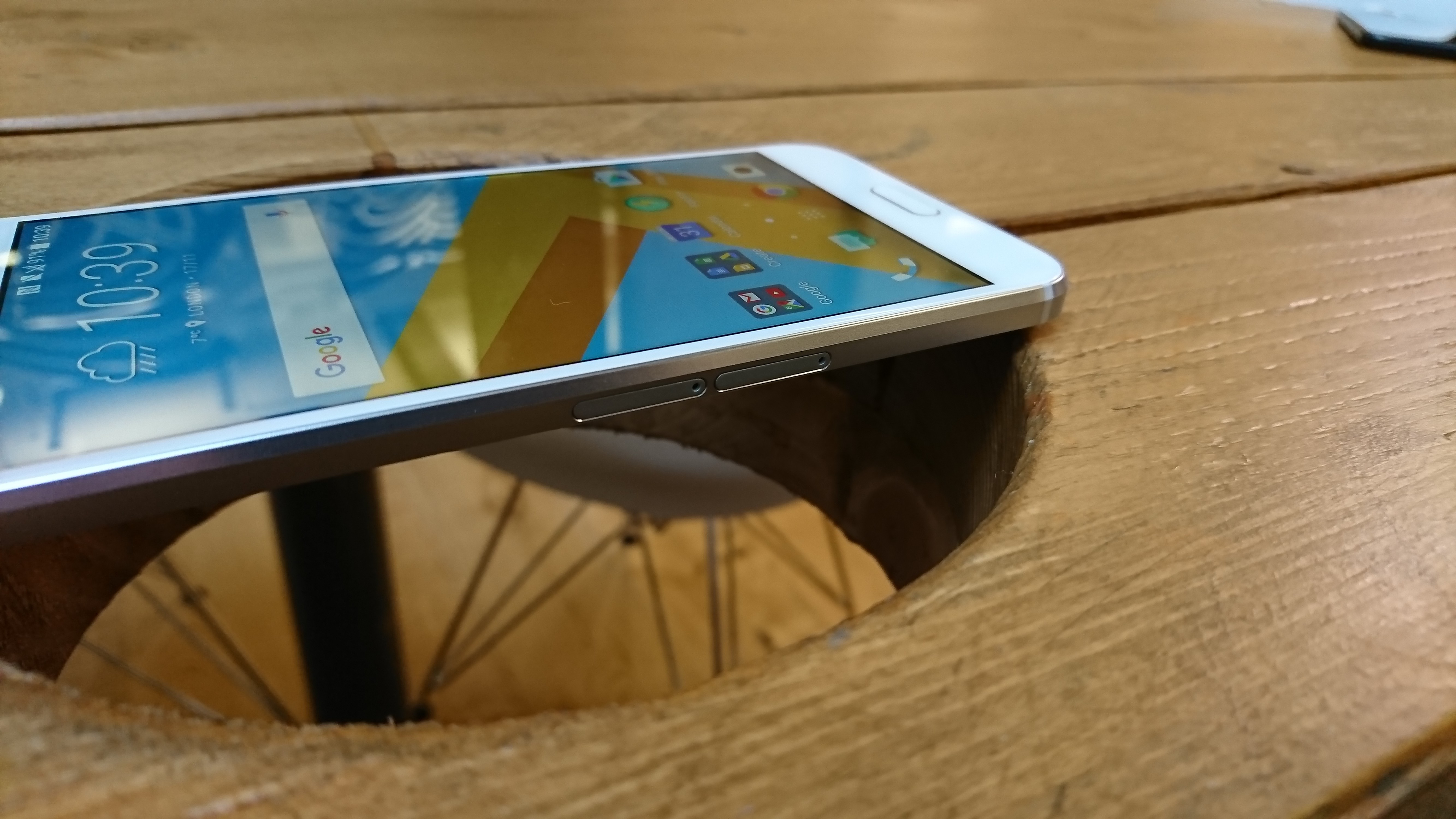
When you consider that you’ll be able to pick up a Samsung Galaxy S7 for a similar price, with far better specs across the board, you have to wonder what HTC is up to here.
The HTC 10 Evo is a solid phone that takes the best of the original 10 and shaves off a few elements here and there to cut the cost – but it’s still hard to work out why.

Gareth has been part of the consumer technology world in a career spanning three decades. He started life as a staff writer on the fledgling TechRadar, and has grew with the site (primarily as phones, tablets and wearables editor) until becoming Global Editor in Chief in 2018. Gareth has written over 4,000 articles for TechRadar, has contributed expert insight to a number of other publications, chaired panels on zeitgeist technologies, presented at the Gadget Show Live as well as representing the brand on TV and radio for multiple channels including Sky, BBC, ITV and Al-Jazeera. Passionate about fitness, he can bore anyone rigid about stress management, sleep tracking, heart rate variance as well as bemoaning something about the latest iPhone, Galaxy or OLED TV.
What is a hands on review?
Hands on reviews' are a journalist's first impressions of a piece of kit based on spending some time with it. It may be just a few moments, or a few hours. The important thing is we have been able to play with it ourselves and can give you some sense of what it's like to use, even if it's only an embryonic view. For more information, see TechRadar's Reviews Guarantee.
